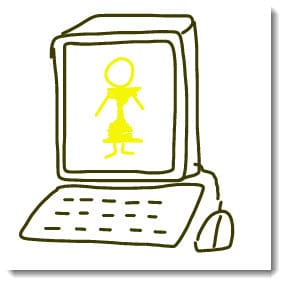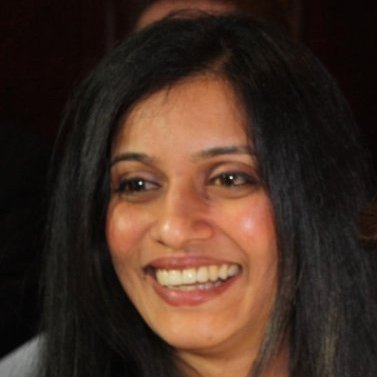The XY Factor in HTML: How the fairer sex fares in digital project management

After more than ten years working in digital I’ve met a dozen or so female project managers but only two female web developers. Yes, two. I can still remember their names. Laura and Tanya. My anecdotal experience, sadly, seems to confirm the statistical reality that women in tech are in decline. So what’s going on? Why is it so hard being a woman in tech?
Being a digital project manager is a tough challenge for sure: you occupy the space in between the rock and the hard place. You need to be organised and plan ahead, yet you need to be creative and think on your feet when something doesn’t go to plan. You need to mitigate risk yet have the courage to press ahead when you don’t and can’t have all the facts to hand. The most demanding task though is having to communicate in different languages to a huge variety of people with opposing perspectives: talk tech to developers, wax lyrical to designers, report progress, budgets and bottom lines to the sponsor, and be a careful mix of attentive and instructive to all the people who’ll benefit from the end product be it an app, a website or a digital policy – they are all complex products to create requiring an equally complex skill set.
Are men really better at meeting that kind of challenge and therefore naturally drawn to it, and women worse and thus repelled? In my experience I’ve never observed women doing consistently better or worse than men, or vice versa. Mind you, I can’t say I’ve been looking out for a difference; I’m too busy getting on with being a project manager. One former digital executive who worked for a global IT firm shared with me her own personal experience and thoughts on being a female tech professional:
“Overall one can say that generally women always have to prove their competencies, when men just need to show up – dominant ideology – and that phenomenon is probably more present in certain types of profession than in others, where attributes are socially considered more ‘female’, like nursing or teaching.”
That women still have to prove themselves is disappointing to hear. Women may slowly be moving into more powerful business positions generally, but those gains are declining for IT or technical roles. Could a negative expectation of how they might be perceived be affecting whether or not they enter the IT or digital profession? Or could horror stories of how much harder they might need to work to achieve the same status as men be putting them off?
The only answer to that is yes, it’s possible. If a woman is going to have a harder time getting the same opportunities, promotions, salary, and recognition as a man then that is of course going to be an unnecessary and unfair barrier. And even though some women like Anne-Marie Imafidon, UK’s youngest graduate to attain a masters degree, are bucking the trend, she herself says “It isn’t that girls can’t do it, it is that they are choosing not to do it.”

So do the same observations and experiences hold true for digital project managers specifically? Liz Dowling, a digital project manager at Sky, shares her insight: “I personally don’t find a difference between a male or female project manager. The key is to have the right ingredients regardless of sex. Where I think it’s important for a woman to work with a difficult counterpart, again regardless of sex, is how you manage conflict without making it personal.”
So the key to being an effective project manager lies in your own level of skill and approach to conflict resolution, not in gender. This actually supports Anne-Marie’s suggestion that women can challenge existing barriers if they choose to. Padmasree Warrior, Cisco’s Chief Technology Officer, is proof it’s possible. And despite finding it daunting to have so few female colleagues, being a woman in a traditionally male-driven industry might have helped: “I always tell women that the fact that you’re different and that you’re noticed, because there are few of us in the tech industry, is something you can leverage as an advantage.”
What seems to be clear then is that while there doesn’t seem to be an overt and outright desire by men to not see women get into tech, we (men and women, that is) do need to continue breaking down lingering barriers and supporting the positive change already underway. There are many ways we can all do that: listen to women in the vanguard like Nelly Yusupova, CTO of Webgrrls International, promote industry awards like Drum’s 30 Under 30 which builds up the list positive female role models, and set up and fund formal organisations that raise awareness of the issues as well as challenge them. What are you doing to support women in technical roles your workplace?
Lee Carnihan is a passionate digital entrepreneur. He’s an optimist and loves helping people make the most of the web in whatever way he can. He started life as a designer, became a developer, turned into project manager and now writes about it all just for good measure.
